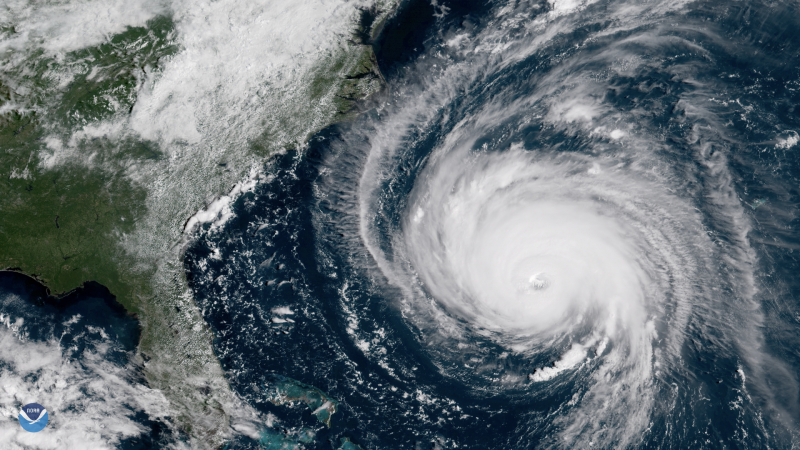Celebrating Five Years of Improving Preparedness, Response, and Recovery
DEC. 12, 2022 — The Office of Response and Restoration Disaster Preparedness Program serves a vital role for the National Ocean Service’s preparedness and continuity of operations planning. This November, the program celebrated a major milestone — five years of preparing partners and communities to respond to and recover from disasters. Their work is growing in importance and demand as coastal disasters become more frequent and severe.

Founded in 2017, following the most destructive hurricane season recorded, the Disaster Preparedness Program has better equipped NOAA and its partners to manage emergencies efficiently, safely, and effectively. Over the last five years, the program’s small but mighty team of nine staff members with a collective 154 years of experience have worked to improve preparedness by focusing on building programmatic capacity and improving coordination and communication.
Below are some highlights of the program's work:
Lagniappe Awards
Since 2020, the program has provided funding for specific activities and projects that enhance National Ocean Service preparedness and mission readiness for natural and human caused disasters through their annual Lagniappe Awards.
Lagniappe is a term often used in Louisiana meaning "a little something extra." In three years, over $1.3 million has been awarded to 24 projects within five NOS program offices.
Training
The Disaster Preparedness Program supports scientific and emergency response training for NOAA field responders, federal, state, and local partners across the country. The training provides decision makers the tools and information they need to prepare for and respond to disasters. In the last five years, the program has facilitated more than 67 training opportunities. More information on training offered can be found here.
Exercises
Exercises play a vital role in preparedness by enabling NOAA and NOS to test and validate plans and capabilities and identify and address gaps and areas for improvement. In the last five years, the program has delivered over 19 exercises of various complexities to participants across NOAA.
Gulf of Mexico Disaster Response Center
Working within the Disaster Preparedness Program since 2017, experts at NOAA’s Gulf of Mexico Disaster Response Center use tools and science to advise decision makers and maintain a 24/7 federal emergency operations center for NOAA and its partners. During Hurricane Sally in 2020, the United States Coast Guard relocated their incident command post to the center. The center supported U.S. Coast Guard response activities for the nearly 1,000 boats and vessels sunk and displaced as a result of the storm.
NOS Incident Management Team
To improve incident coordination and situational awareness during response, the Disaster Preparedness Program leads the NOS Incident Management Team. The team's primary focus is on effective and efficient preparedness, situational awareness, and incident coordination. Once activated the team collects information across NOS on personnel, mission, infrastructure, and response activities to support concise and time-critical messaging up to NOAA leadership and beyond.
Since 2017, the team has been activated for 25 disasters. A few notable disasters are Hurricane Michael (2018), Hurricane Florence (2018), Hurricane Laura (2020), COVID-19 (2020), Hurricane Ida (2021), and Hurricane Ian (2022).
Recovery
The Disaster Preparedness Program coordinates the cross-NOAA post-disaster recovery effort with federal, state, and local partners to assist and expedite recovery missions with resources and expertise. Their efforts support the recovery of commerce, natural and cultural resources, and coastal communities.
The program has supported many recovery operations, seven of which have required long-term, sustained engagement with federal recovery coordinators.
Through these efforts, the program has made significant strides in the five years. As the threat to coastal communities grows, the program is planning to build upon this foundation to continue to lead the way in the science and practice of preparedness.
Click here to learn more about the Disaster Preparedness Program.
